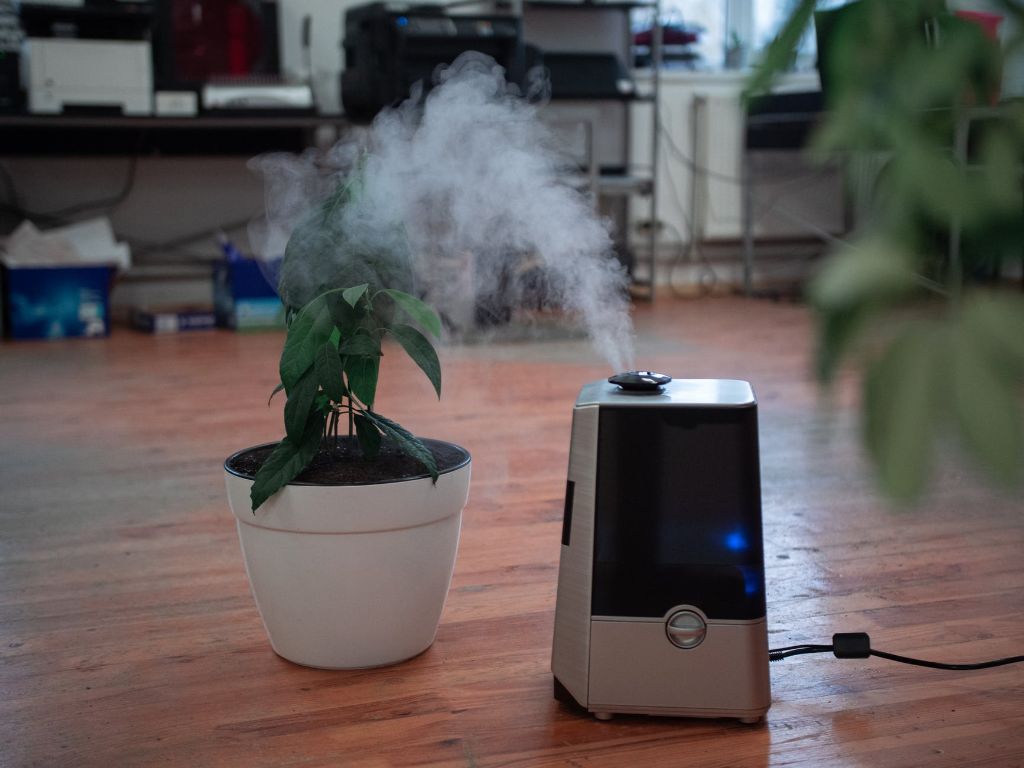There are dozens of indoor air purifiers available, but many manufacturers offer very vague explanations for how their products work or make outlandish health benefit claims.
While air purifiers aren’t a panacea for improving indoor air quality, the right one may still help you breathe a little better. Here are a few things you should look out for:
Look for A Purifier That’s Good at Filtering out Pollutants that Are Specific to Your Home or Health Needs Such as Removing Pet Dander or Cigarette Smoke
The first step to selecting air purifiers is figuring out how much space you want your device to clean, as well as what your main focus will be in terms of pollutants.
Compare CADR Ratings that Show how Effectively an Air Purifier Filters out Specific Pollutants
Most air purifiers on the market are labeled with a clean air delivery rate, or CADR, number, which helps consumers understand how effective a device will be at filtering various particles in specific room sizes.
Choose a Device that Uses a HEPA Filter, Which Is the Gold Standard for Indoor Air Purifiers
Most highly recommended air purifiers use mechanical filtration, which means that their filters physically trap pollutants that pass through them. Your air purifier will likely have at least two such filters: a prefilter, which catches any large particles such as pet hair, and the main filter, which nabs the smaller pollutants.
Look at Noise Levels in The Product Specs, as Depending on Where You’re Using Your Air Purifier, You May Want a Quieter Device
Most air purifiers come with internal fans that pull air in through a series of filters. Some of these fans are practically silent, especially when operating on low settings. Others can start to make a humming sound as you turn them up.
Calculate the Ongoing Maintenance and Electricity Costs for Better Budgeting
Air purifiers are generally most effective when they’re running almost constantly, so you will want to factor in your electricity costs. A few air purifiers also come with ‘eco’ modes that power down the device and place it on standby when their sensors can no longer detect any airborne pollutants.
Skip Unnecessary Bonus Features
Some features that are commonly included are filter-replacement indicator lights, dimming and display shut-off options, programmable timers, remote-controlled units, smart functions such as digital assistant and/or app integration, or more.

